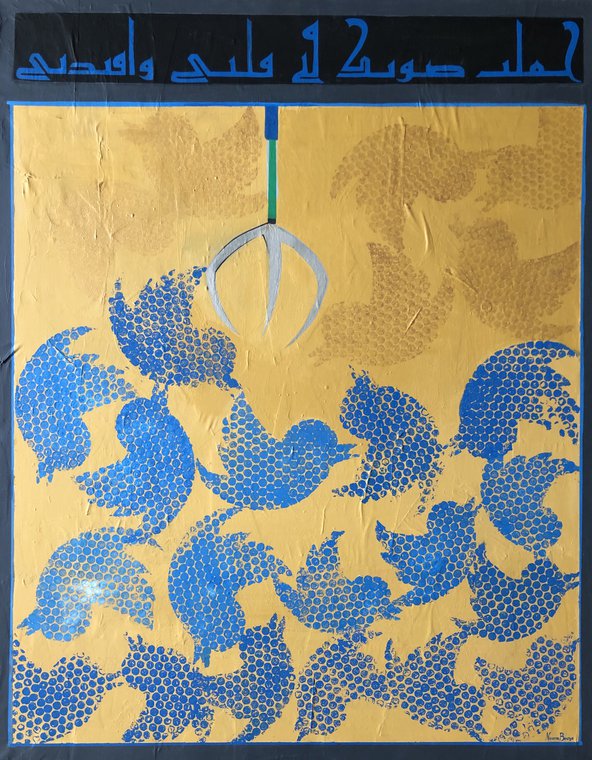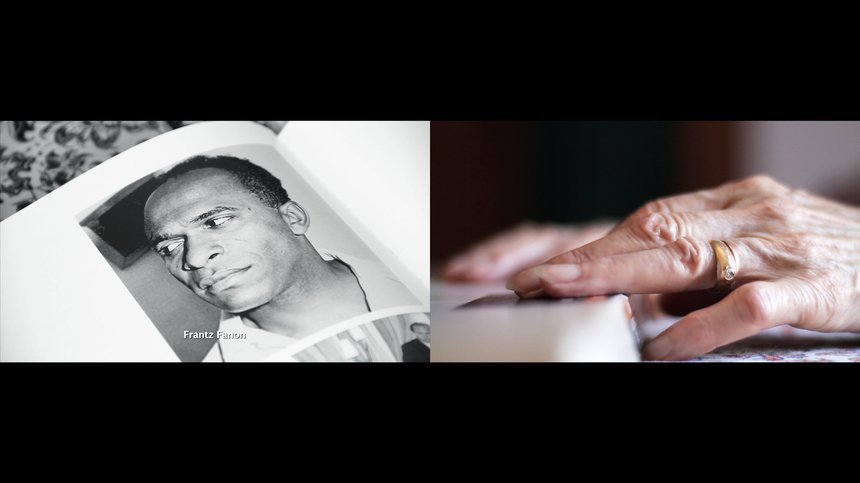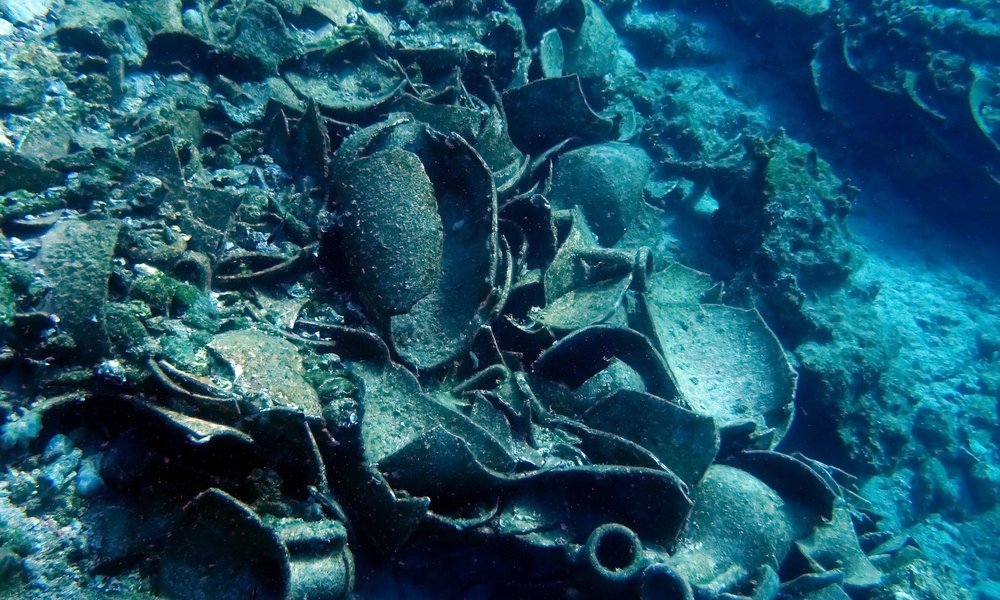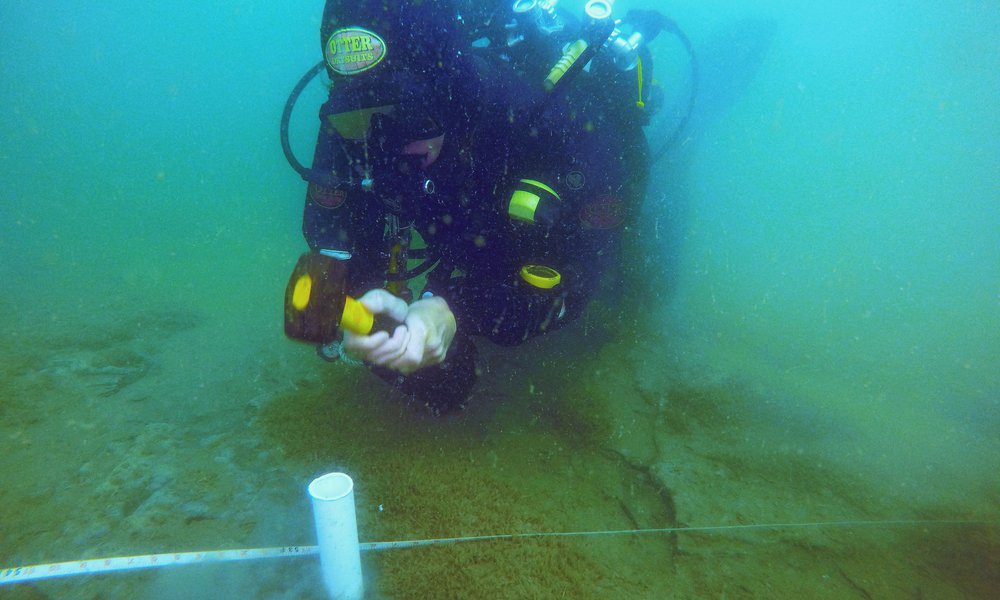How can art history be decolonised?
by Dr Mary Kelly and Dr Ceren Özpınar
10 Jun 2021

Debates around the idealised "Western canon" and calls for decolonising art history are not new to the field. Since the early 1980s, a number of scholars have called for pioneering change to open the art canon to acknowledge modern and contemporary art produced by artists in various countries around the world. What is required now is further commitment to empirical data collection, deep critical study and our commitment to locate a coherent way to include a wide range of studies into the foundational teachings of the history of art.
Adding another layer to this process, highlighting the inherent issues concerning conventional understandings of modern and contemporary art, Nada Shabout noted that art history as a practice is "often disengaged from the historical development of the art it describes" [Shabout, "Are Images Global?" Tate Papers, 2009]. Shabout pointed to the scholarly issues that arise if only certain art historical practices and theories – combined with limited knowledge of various local histories – are employed during analyses of art objects. That is, the conventional European and/or American understandings of modern and contemporary art could create numerous "borders" and potential misreadings when working with art objects from different places. Various countries in Asia and Africa, for instance, have very different art historical ideas about the origins and timelines of aesthetic modernism and postmodernism, and gaining deep knowledge of wide scholarship is imperative to understanding contemporary art from different geographical regions. In addition, the historical, socio-political and cultural differences depicted in art all create countless "borders" in the making of meaning. These matters demonstrate just some of the ways in which the discipline is still deeply rooted in colonial art history and the English-speaking world, indicating the crucial need for new research to further challenge and structurally intervene in art history [see also Price & Grant eds., Decolonizing Art History, February 2020].

Zineb Sedira, Gardiennes d’images (Image Keepers), 2010, stills. Part I: double video projection (black and white, colour, sound), 16:9 format, French and English subtitles, 19 min. Part II: single video projection (colour, sound), 16:9 format, 30 min 50 secs. Production and prize: SAM Art Projects, 2009. Collections: Centre National des Arts Plastiques, Ministère de la Culture et de la Communication, Paris; SAM Art Projects, Paris; Solomon R. Guggenheim Museum, New York. Image courtesy of the artist.
Translocal, transnational and intersectional
Over 30 years since the rise of postcolonial art history, we are only now starting to witness the slow-paced integration of these ideas into undergraduate survey teaching in the history of art. The framework provided by postcolonial studies, feminism and intersectionality has offered us tools to move art history beyond the limits of an outdated canonical tradition. The conventional "centring" of art history in Europe and America and traditional "Western" methodologies is increasingly unsatisfactory in the current age. Therefore, further emphasis on translocal and transnational encounters are necessary in order to tease out conditions of global exchange. A gendered, intersectional and transnational art historical focus can speak with the experiences of previously marginalised or ignored groups and communities in regions such as the Middle East and North Africa, as documented by contemporary artists. Providing analyses of multiple reverberations of feminist thinking is important for the understanding of all subjectivities and sexualities in diverse cultures with varied ethnicities and histories of dissent and global politics.
Transnational and translocal perspectives in feminism have constituted a strong vein in the study of gender and sexuality. Frameworks that reconsidered the position and experiences of women from the intersecting perspectives of class, ethnicity, religion and culture emerged along the way, expanding feminism’s outlook. In an effort to enhance a transnational feminist discourse, responding to the feminist works of Luce Irigaray, Sarah Kofman and Hélène Cixous, Chandra Talpade Mohanty highlights the issues concerning European and American women’s activism in the Global South. Mohanty shows the dangers of assuming that all women are one coherent group. She states that "Western" feminist writers tended to ignore cultural differences between women and rightly claims that the global experiences of women are extremely diverse and dependent on one’s own culture, history and geography [Mohanty, "Under Western Eyes", Boundary, 1984]. While we acknowledge that Mohanty’s reference to the "colonial" or "Third World" woman cannot be applied in numerous contexts, it is apt to state that many feminist approaches in the History of Art are still deeply fixed with European and North American theories about art produced by women, and – for the most part – these ideas stem from "Western" historical and/or contemporary experiences. Therefore, when reading art made by women, engagement with the translocal, transnational and intersectional reveals new critical information about modern and contemporary art practices and histories from diverse geographical regions – all of which is integral to the decolonising project.
Dr Mary Kelly is Lecturer in Contemporary Art History, Theory and Gallery Studies, and Programme Director, MA in Global Gallery Studies, University College Cork, Ireland. She is an Irish Research Council Awardee and a Fulbright Scholar. Dr Ceren Özpınar is Senior Lecturer at the University of Brighton, History of Art and Design Programme. She was awarded a British Academy Newton International Fellowship in 2015. Together, they co-edited Under the Skin: Feminist Art and Art Histories from The Middle East and North Africa Today, a publication by the British Academy and Oxford University Press, published in September 2020.


